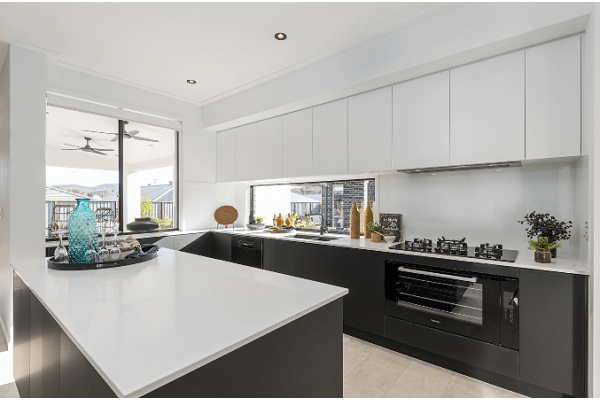The Australian kitchen evolution – two is better than one

Having two kitchens is the latest household trend, according to some home designers.
Rivergum Homes design director John Eckert said during his 35 years in the industry he had witnessed a drastic transformation in the design of the Australian kitchen.
“It’s becoming more popular for some homes to have two kitchens, one for show and one for go,” John says.
“The kitchen for show is where guests are entertained, or parties are hosted, whereas the kitchen for go is where all the food is prepared, and the dirty dishes are kept.
“Homeowners are increasingly compromising on dining room or living room space to allow for extra area in the kitchen.
“Trends such as these, demonstrate the evolution of our homes as entertainment spaces and how Australians are becoming increasingly conscious of designs that support this desire.”
A recent study found that in the last 50 years the average kitchen has increased from 6.5m 2 to 13.9m 2.
John says that the kitchen has gained more functions – as an office, a meeting place for the family, a space to engage with the children and an area to entertain.
“This shift has allowed the kitchen to gravitate away from single-person use to a more collaborative setting, this room is very much woven into the social facets of our lives,” he adds.
“If you look at the kitchen, and how it has evolved during our lifetime, in the post war era the kitchen was a separate room, a hidden area.
“Over time the dining table was relocated to the kitchen, so families could dine in that room, which ultimately lead to the dining room expanding into the living room, allowing families to watch TV all whilst interacting with those in the kitchen or dining area.
“These changes have echoed from countless lifestyle adaptations throughout generations, a result of how we respond to and interact with the rooms in our homes.
